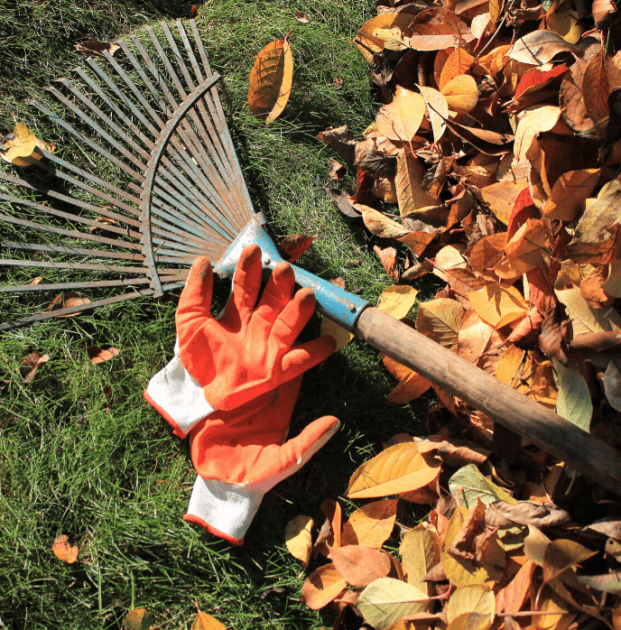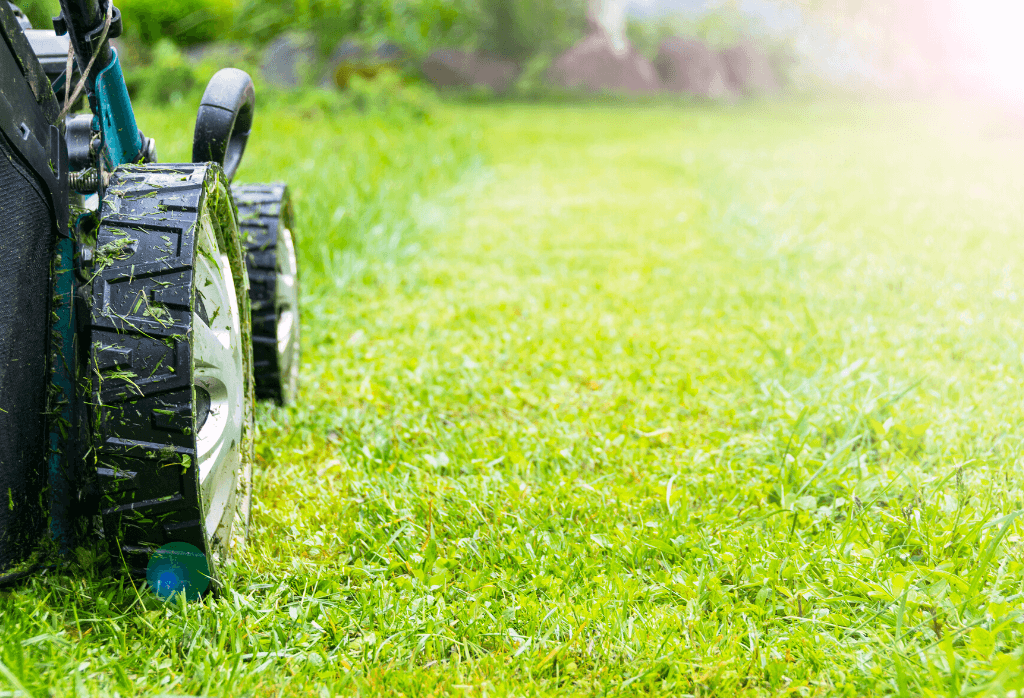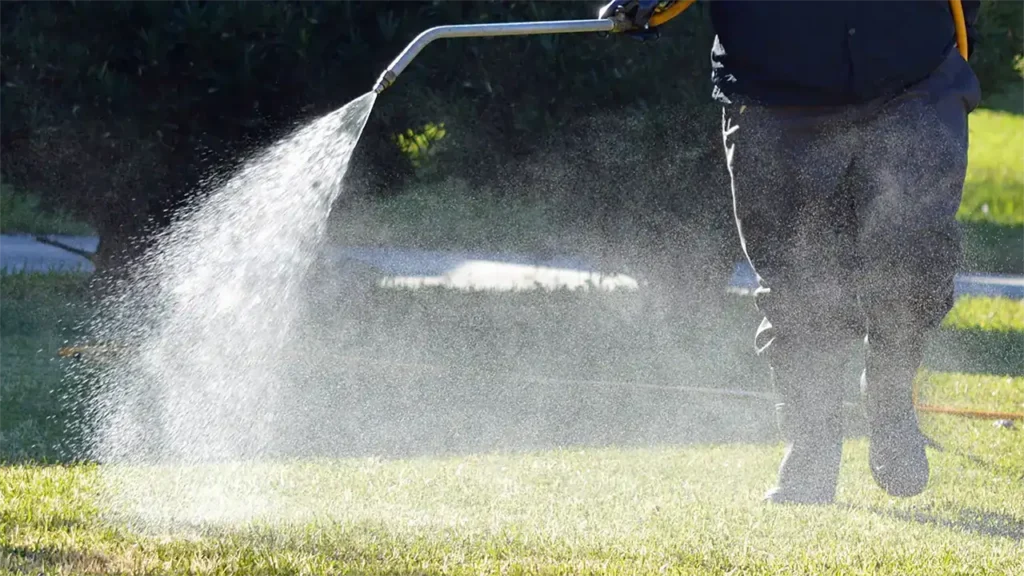Don’t Get Caught Making These Common Lawn Care Mistakes This Fall
Fall is one of those tricky seasons for homeowners. Your lawn looks like it’s slowing down, the weather cools off, and the temptation to “set it and forget it” kicks in. But here’s the catch: fall is actually one of the most important windows for building a healthier, greener yard next spring.
A lot of folks accidentally sabotage their own lawns this time of year without realizing it. The team at Hometurf sees the same handful of mistakes every season, and luckily, most of them are incredibly easy to avoid.
Let’s walk through the big ones — and how you can stay a step ahead.
Raking Too Late (or Not at All)
Leaves fall slowly at first, then all at once. If they sit for too long, they trap moisture and block light, creating the perfect environment for snow mold and thinning turf.
A thick layer of leaves also prevents your lawn from breathing. Yes, grass “breathes” — or at least exchanges gases through the soil — and it struggles when smothered under soggy debris.
If you want a healthier lawn heading into winter, clear leaves regularly instead of waiting for the whole yard to be covered. Hometurf explains this in more detail on their page about seasonal lawn maintenance, where fall prep is a big part of the game plan.

Skipping Fall Fertilizer (This One Hurts the Most)
This is probably the most expensive mistake homeowners make without realizing it. Fall fertilizer is the single best application of the year — better than spring, better than summer, better than anything.
Why? Because in fall, your grass is storing nutrients and strengthening roots for winter.
When you skip this step:
- Your spring growth is weaker
- Your lawn takes longer to green up
- You get thinner grass and patchy spots
- Weeds move in faster
A fall nutrient boost gives your lawn the fuel it needs during its most important growth phase. The team at Hometurf highlights this in their fertilizer program, which is built specifically around how Canadian lawns respond to seasonal changes.
Cutting the Grass Too Short Before Winter
Homeowners love a tidy-looking yard, but shaving your lawn too close right before winter is one of the fastest ways to weaken it. Grass needs a bit of height going into cold weather so it can protect the crown (the living part) from frost damage. When it’s cut too low:
- Roots weaken
- Bare patches appear
- Weeds sneak in come spring
Aim for a slightly higher cut in fall. Not too long, not too short — think of it like a warm coat for your lawn. If you’re unsure about ideal mowing heights, Hometurf’s lawn mowing guidelines cover it clearly.

Forgetting Aeration and Overseeding
If your yard feels spongy or compacted under your feet, it’s not your imagination. Summer activities compress the soil over time, and fall is your chance to fix it.
Aeration opens the soil, helps water move deeper, and gives grass roots room to expand. Overseeding afterward fills bare areas and thickens the lawn before winter.
Most homeowners skip this — but it’s one of the quickest ways to transform a tired lawn.
And if you’re curious which type of seeding works best in your region, Hometurf’s aeration and overseeding services outline the ideal timing for fall.

Watering Less Because It’s Cooler Outside
It feels counterintuitive, right? Cooler air, shorter days — the lawn must not need much water.
But fall is a crucial growth period underground. Roots are storing carbohydrates and expanding while the top growth slows down. Without consistent moisture, the root system dries out and weakens before winter.
You don’t need to water like you do in July, but steady, deep watering is still key until the ground freezes.
Assuming Your Lawn Doesn’t Need Professional Care in Fall
Fall is the season that separates great lawns from “it’ll do” lawns. Homeowners often wait until spring to call for help, but by then, you’re working uphill.
Hometurf designs fall treatments specifically because this is when:
- Grass responds best to nutrients
- Roots are actively rebuilding
- Weeds are vulnerable
- Soil can recover from summer stress
If you’re trying to maximize lawn health heading into winter, Hometurf’s full-season lawn care program outlines exactly which treatments make the biggest difference this time of year.
Wrapping It Up: Fall Is Your Secret Weapon
Fall lawn care is quiet, steady, and often overlooked — but it’s also incredibly powerful. This is when you can correct summer damage, strengthen your roots, and set yourself up for the kind of spring green-up most homeowners wish they had.
Avoiding these common mistakes isn’t just about keeping your lawn alive; it’s about giving it the strong foundation it needs to thrive.
If you want expert guidance tailored to your lawn, Hometurf’s team can help you plan the right steps and avoid the seasonal pitfalls that cost homeowners time and money every year.
